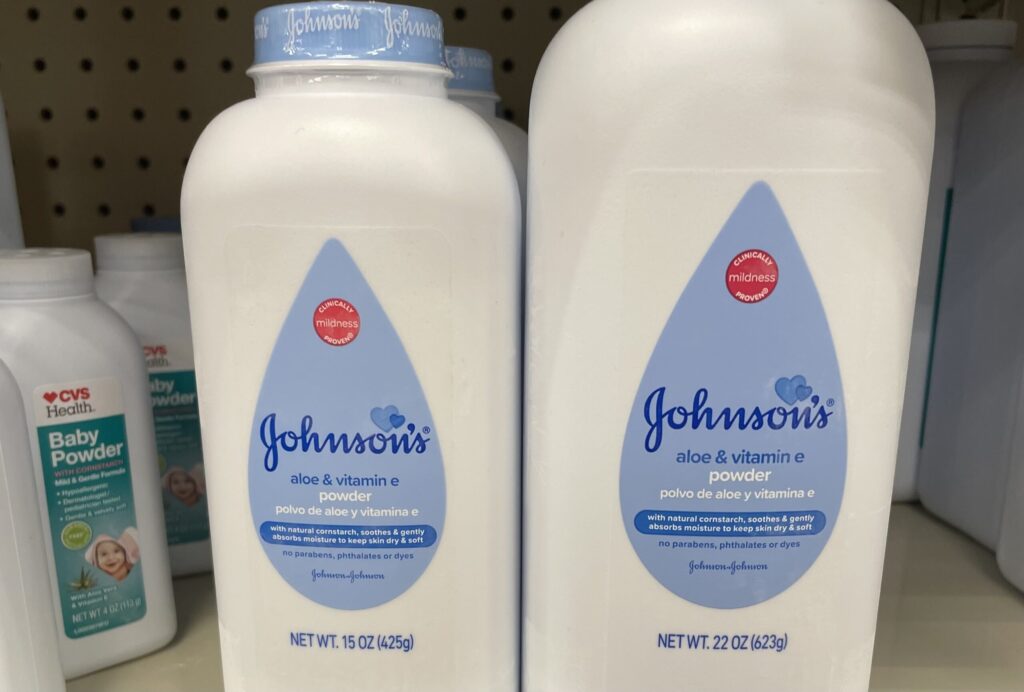
Johnson & Johnson had received scorn for executing the so-called Texas Two-Step bankruptcy strategy. The healthcare titan was facing thousands of claims about allegedly carcinogenic talcum powder. Taking advantage of a quirk in Lone Star State law, it created a subsidiary called LTL to segregate those claims. It then had LTL file for bankruptcy so that the court system could manage a single settlement negotiation and bind all the claimants to that deal.
Federal appeals courts rejected this “Texas Two-Step” gambit not once but twice. Yet in the background, the company and plaintiffs’ lawyers were trying to cut a global deal, announced on Wednesday. Tactics aside, real progress comes when both sides accept that the other has something valuable to exchange: certainty on one and cash on the other.
J&J has agreed to payments worth $13.7bn over 25 years, or $6.5bn in present value terms. It said that lawyers representing 99.75 per cent of ovarian cancer claimants have agreed to the deal. The claimants will vote on the settlement and, if 75 per cent approve, LTL will file a consensual, pre-packaged bankruptcy in order to implement the terms.
Large companies facing so-called tort liability have awkwardly turned to the bankruptcy system, arguing that Chapter 11 is the only way to resolve claims efficiently and fairly. Critics say the manoeuvre is a ploy to shirk responsibility for misconduct.
The elegance of US bankruptcy is that it can impose a sweeping settlement across all creditors and claimants while terminating all outstanding litigation. That concept is controversial by itself as the Purdue Pharma opioid case, now in front of the Supreme Court, shows.
But J&J took it a step further, by filing not the whole $350bn company but a contrived subsidiary. The company had said it would pay up to $60bn of liability. Ironically, that pledge forced an appeals court judge to rule that the subsidiary did not demonstrate the financial distress required by bankruptcy law.
Note that this J&J deal is the second large mass tort case to be resolved outside of Chapter 11 after first trying bankruptcy courts. 3M put its military earplug division, Aearo, into bankruptcy only to run into roadblocks. It eventually got to a deal outside of bankruptcy that was in effect what the parties could have got from a court-imposed resolution.
Adversaries always seek negotiating leverage in order to win concessions. When the sides realise that both have something the other really wants, a deal can quickly come together.
